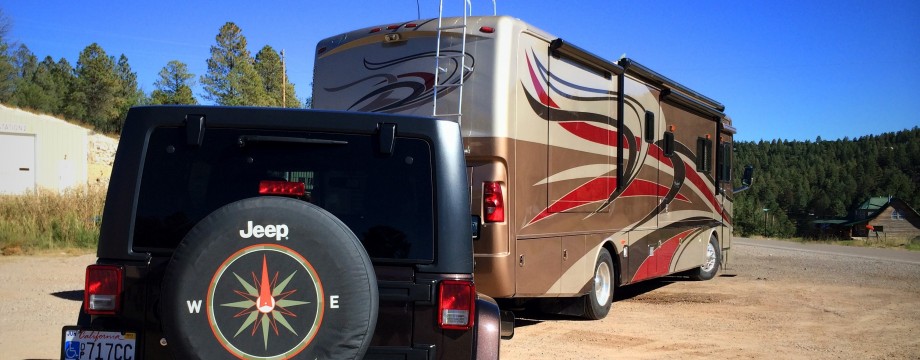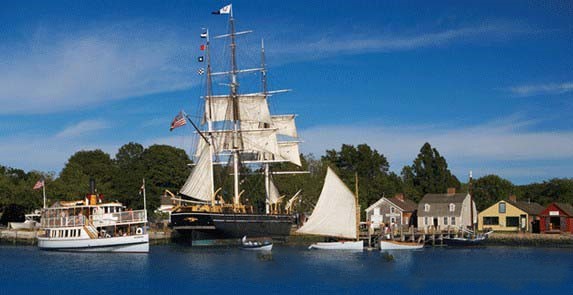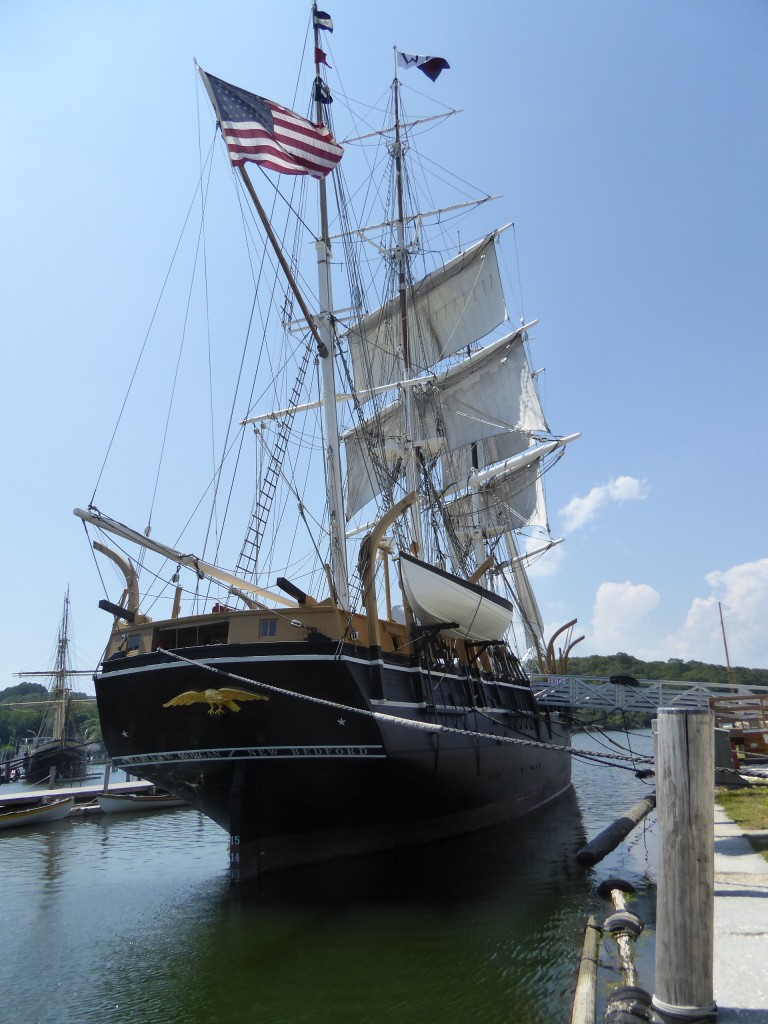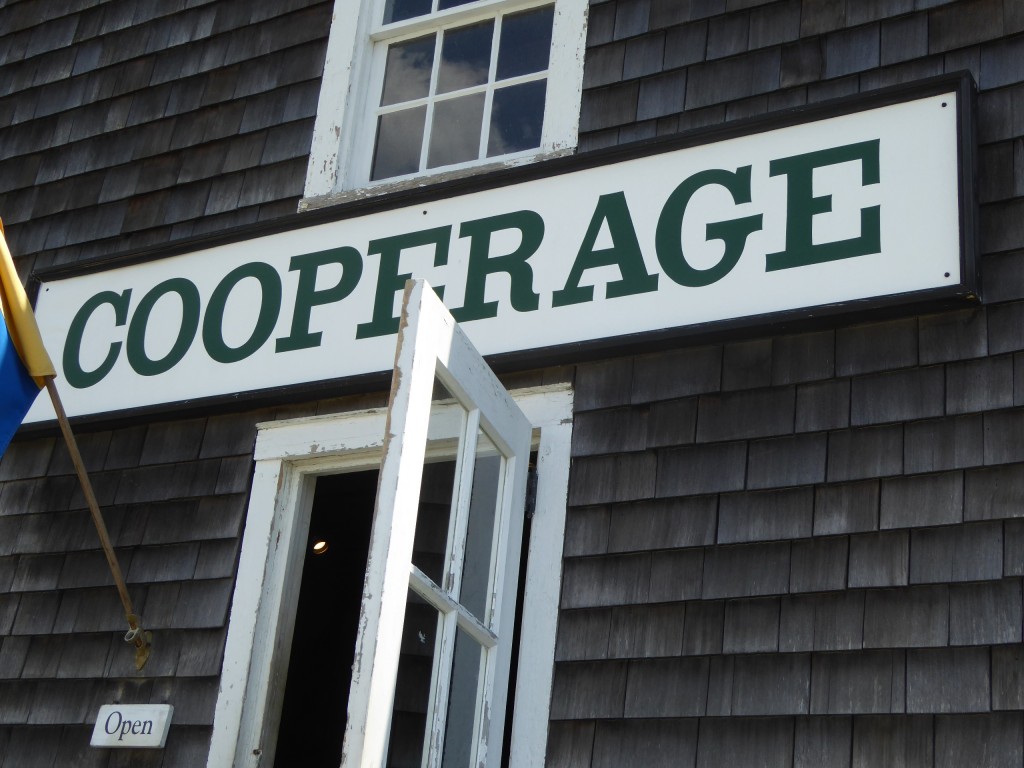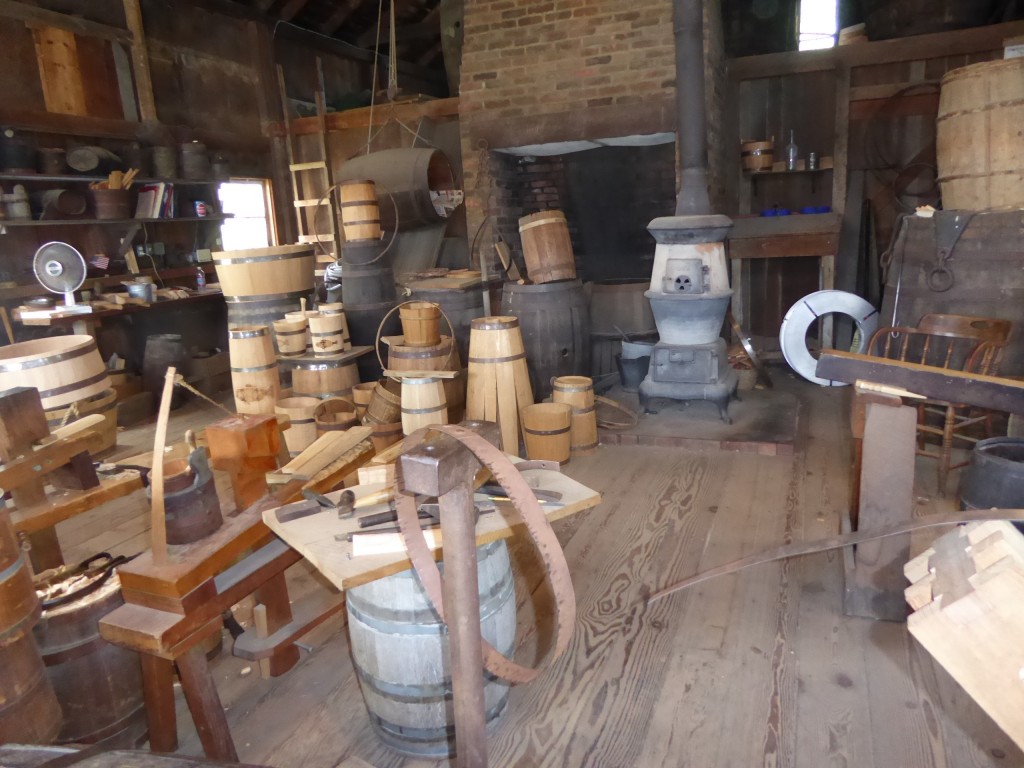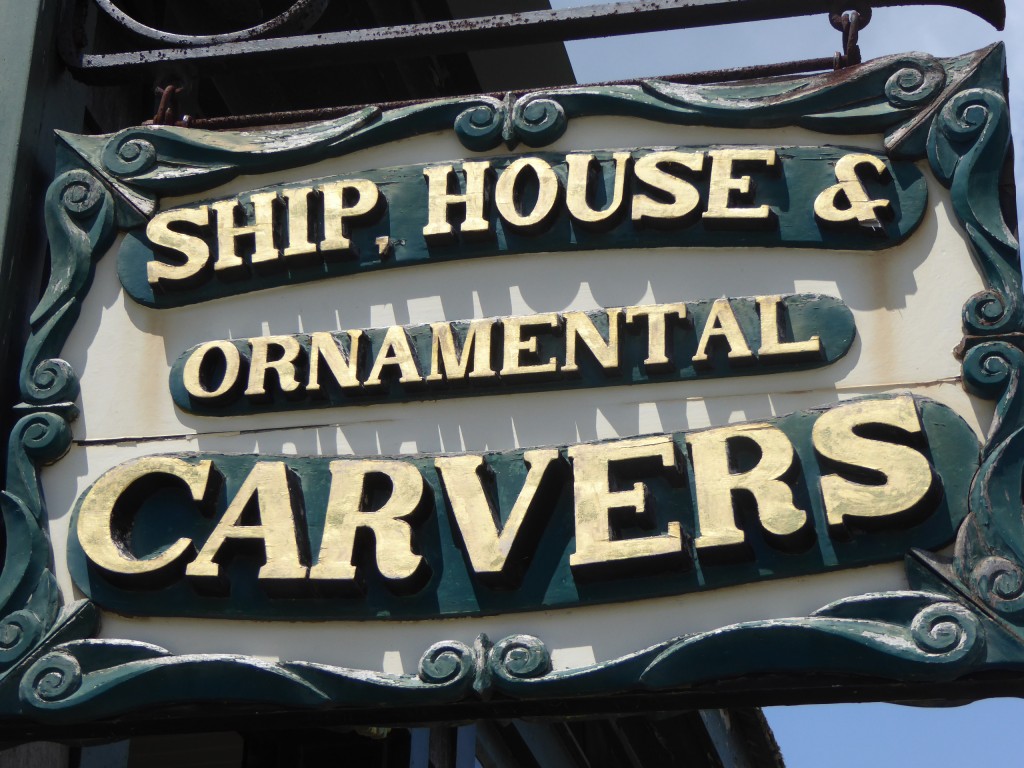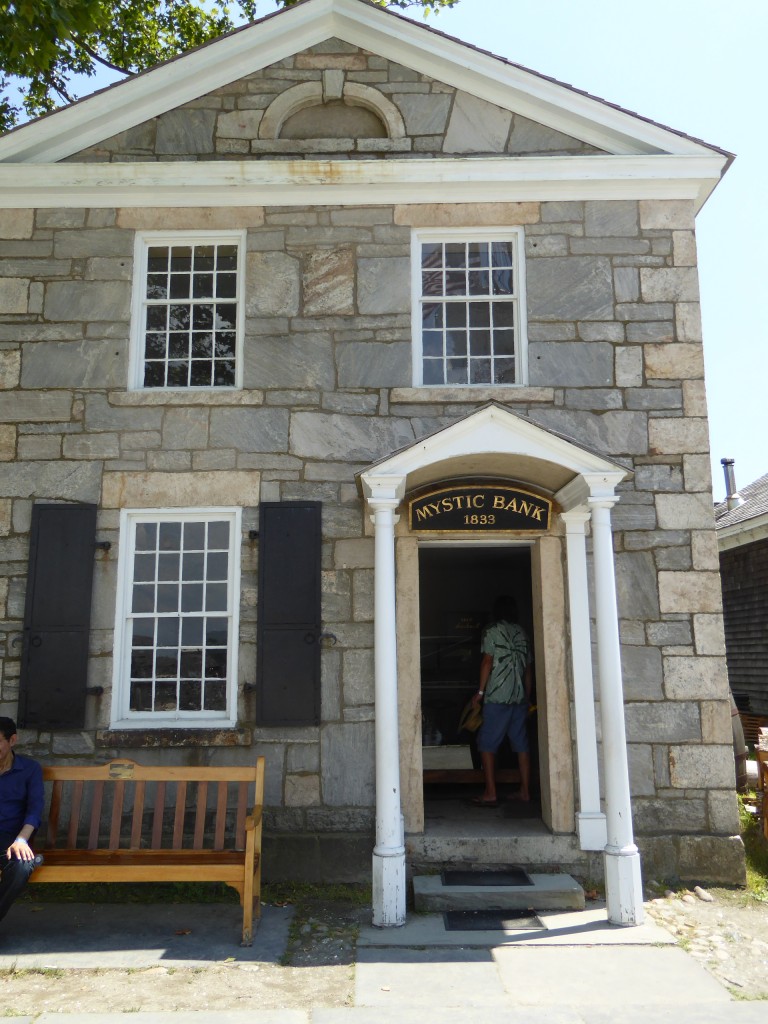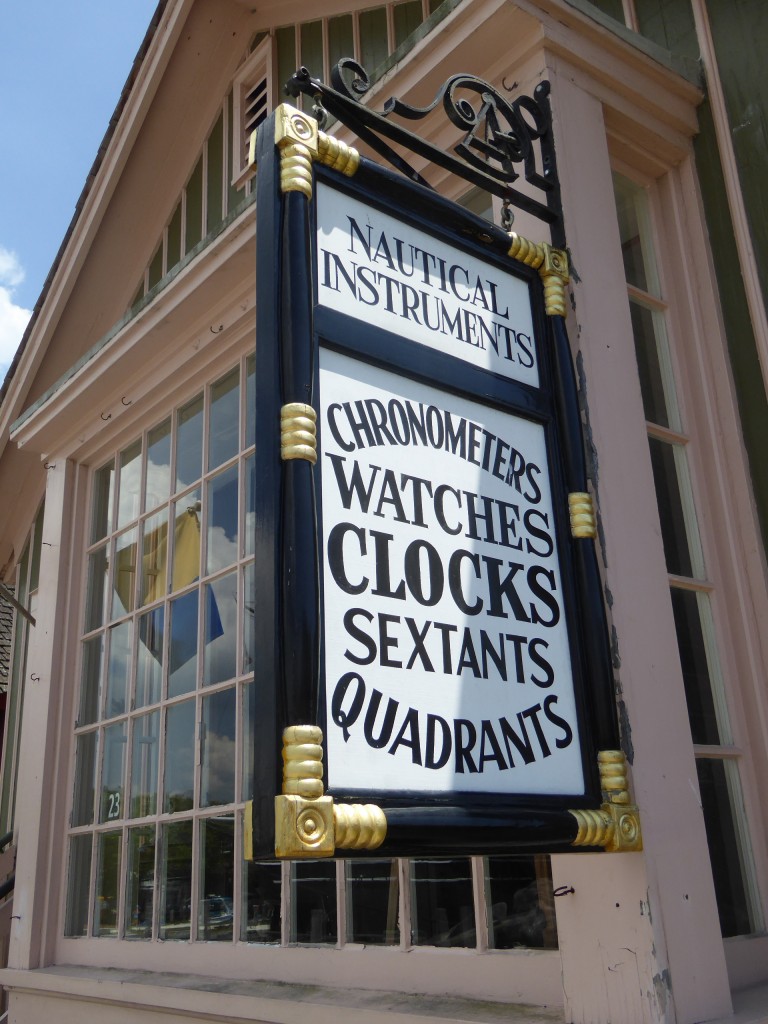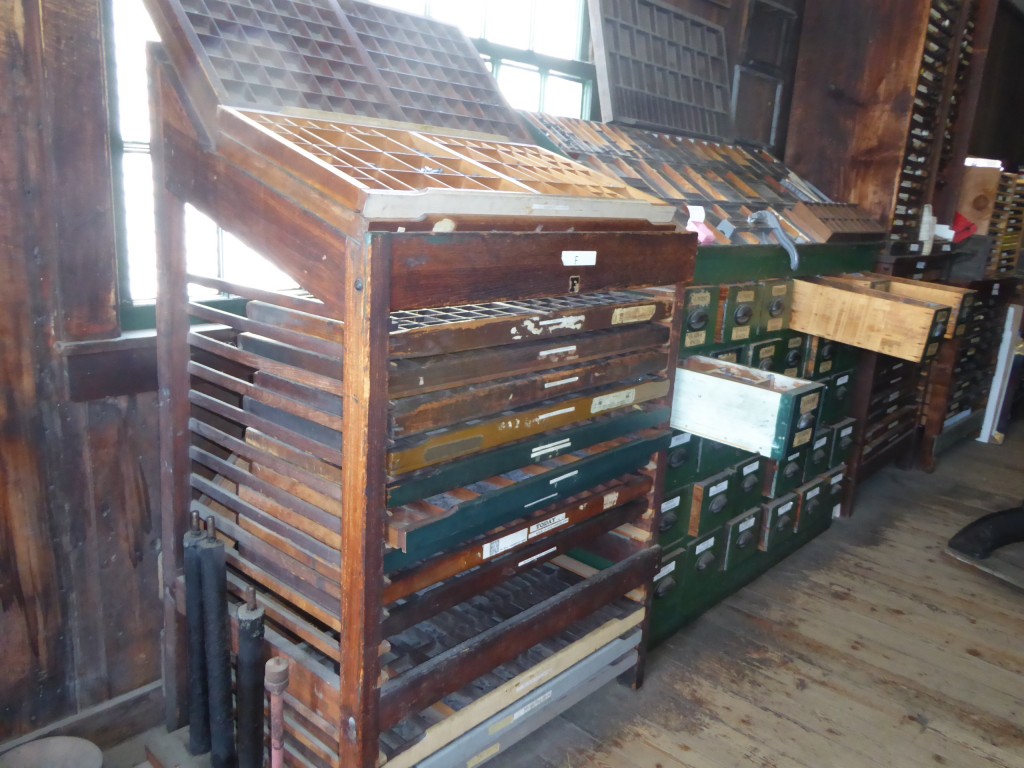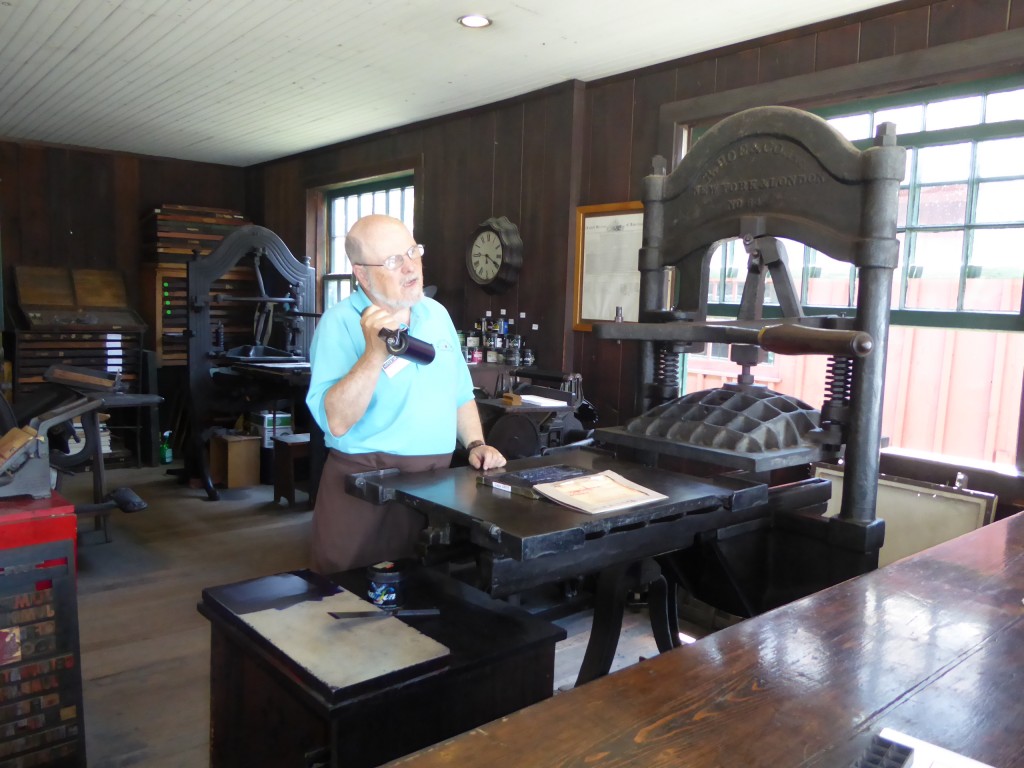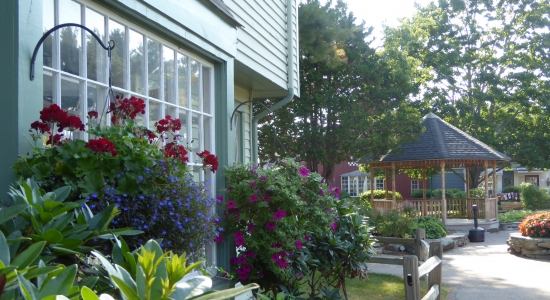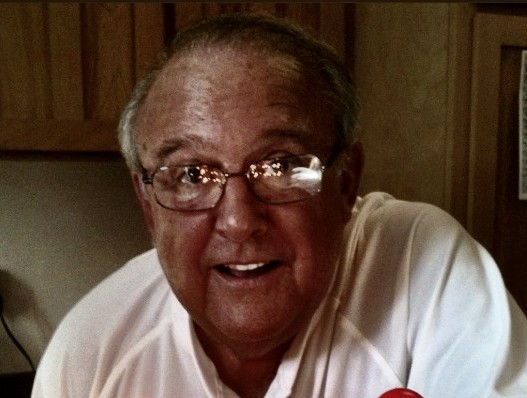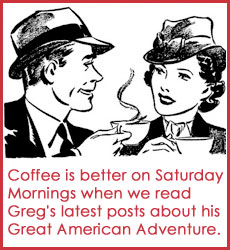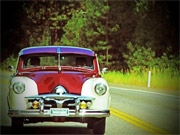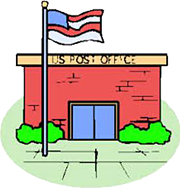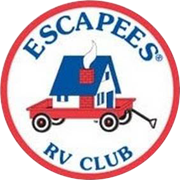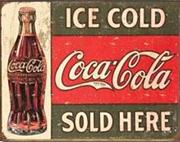JULY 24, 2015
ABOUT MYSTIC. We prepared to swab the decks, batten down the hatches and set sail. It was a beautiful sunny day when we headed to Mystic, Connecticut’s seaside village devoted to all things maritime. The Museum of America and the Sea is the largest maritime museum in the world. This 20 acre replica of a 19th-century seaport is a complex of buildings located on the Mystic River, which flows into Long Island Sound and provides access to the sea. The main attraction is its preservation shipyard and its fleet of antique sailing ships, including the Charles W. Morgan. It’s the only remaining vessel in the nation’s fleet of 19th-century whalers.
WHALING IN EARLY AMERICA. During colonial times, New England was the preeminent whaling location in the world. The whaling industry was highly lucrative. Ship owners and captains became extremely wealthy, and built the opulent seacoast mansions we’ve seen around New England since we arrived a couple of months ago. Early whaling efforts were concentrated on Humpbacks found near the American coast. Whale oil was vital in illuminating homes and businesses throughout the world and served as a dependable lubricant for the machines powering the Industrial Revolution.
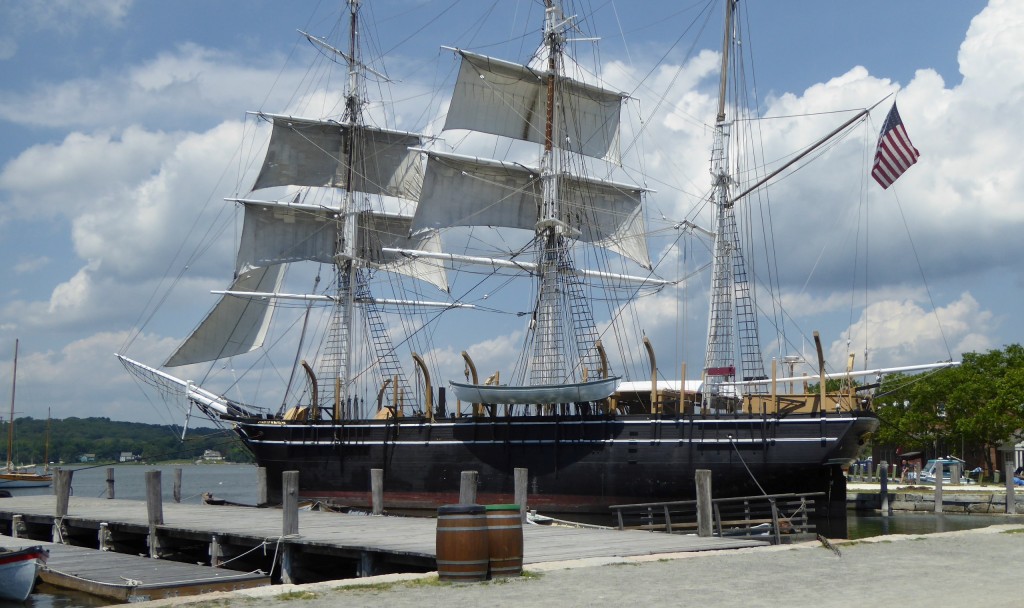
This ship sailed the sea during the heyday of the American whaling industry. We got to board it and see some of the original equipment.

Aboard the Charles W. Morgan at Mystic Seaport in Connecticut. Many of the exhibits here are replicas, but the Morgan is an authentic whaling ship…the last remaining American whaler.
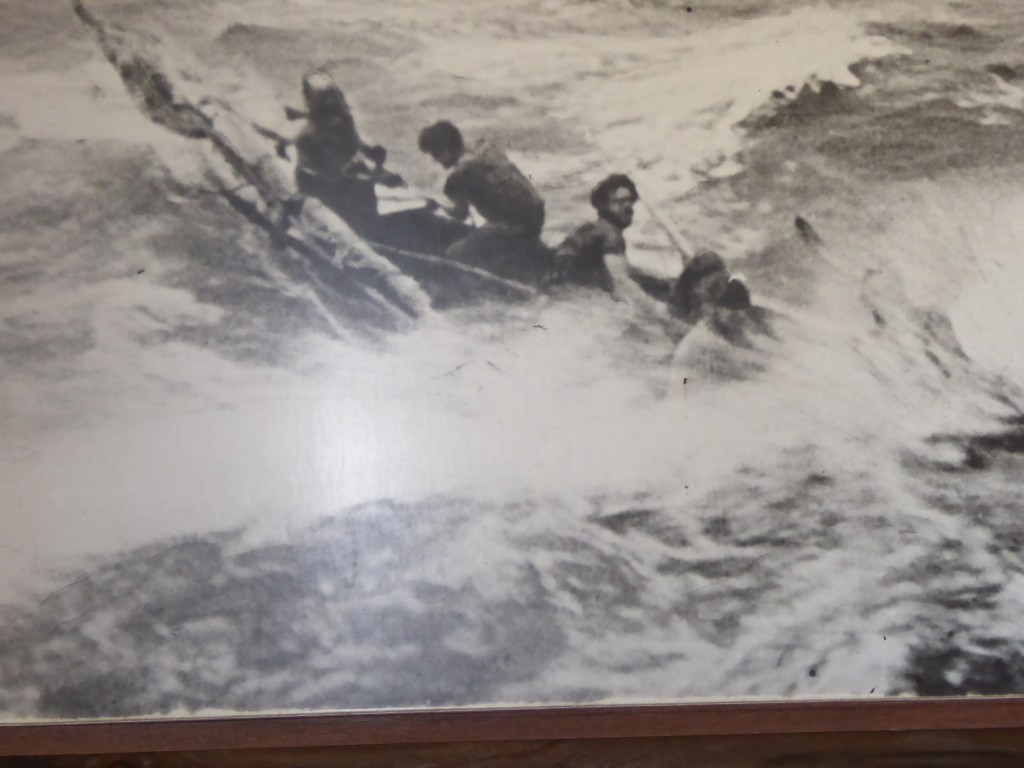
Often rowing their craft through perilous seas as they approached a whale, the seamen took an opportune moment to plunge a razor-sharp harpoon into their prey.
A DANGEROUS JOB. The docent we met on the Morgan was a storyteller…his description of how the whales were captured and rendered held my attention, as I envisioned being at sea hunting for whales. Once they were spotted, the whales were pursued by small craft dispatched from the ship. The men who manned them risked their lives every time they “went to work.” After maneuvering close to a whale, a seaman plunged a harpoon in the animal. Not to kill the giant, but rather to force the it to drag the whaling craft through the sea from a 1,500 foot tether until it became exhausted and could be killed. Brought alongside the ship at that point, seamen dressed the animal and the blubber was hauled on board. Once ashore, it was made into the extremely valuable whale oil used all over the world.

Imagine harpooning a whale from this little boat. I wonder about the mortality rate of the seamen who manned these boats.
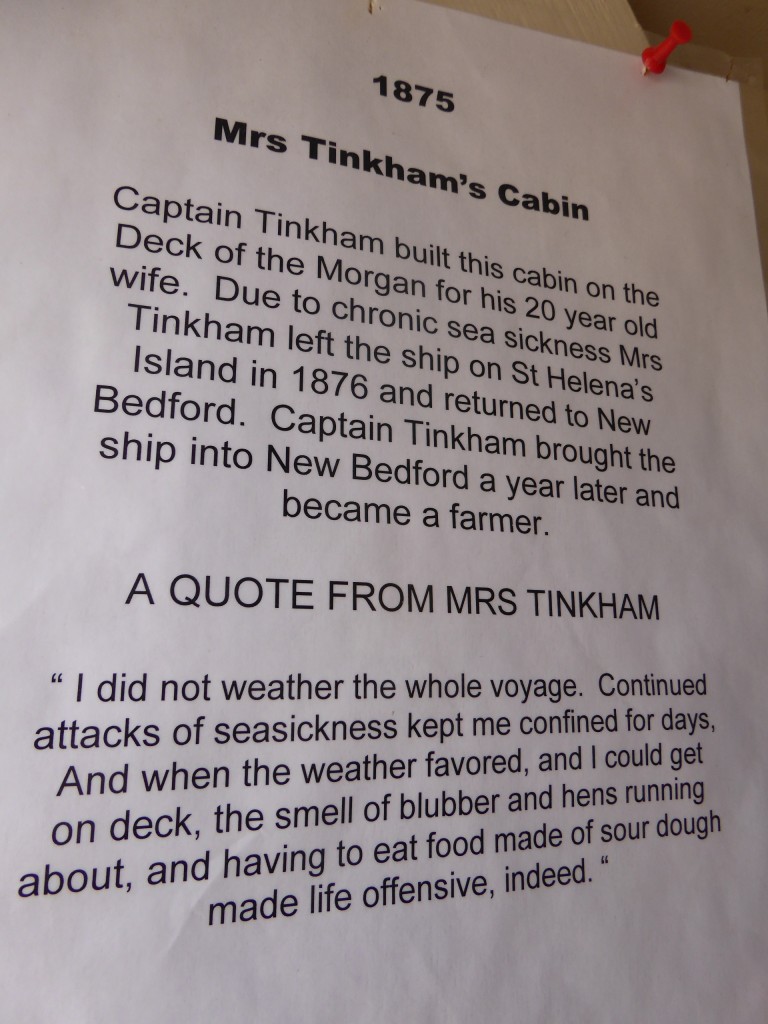
Read how the Captain’s wife described the conditions on deck. She didn’t fare well when she accompanied the captain on board.
OTHER EXHIBITS AT MYSTIC SEAPORT. Other exhibits, housing businesses incident to the whaling industry, included a cooperage, a shop where signs and bow ornaments were made, a bank and a newspaper printing office.

The ship’s figurehead embodied the spirit of a ship, placated the gods of the sea and ensured a safe voyage. Almost all ships had a carved figure looking down at the waves.
AND OF COURSE, SHOPPING. Adjacent to Mystic Seaport, this little New England village offers an array of shops and eateries, all connected by walking paths which led us by stores offering clothing, jewelry, leather goods, cookware and so much more. Oh, boy! Even though I don’t need a thing and wouldn’t have any room for it if I did, I love poking around in cooking stores. And, no, I didn’t misspell “Mistick.” Who knows why, but the Seaport is spelled “Mystic” and the village is spelled “Mistick.” Here are a few pictures of the village.
SO MUCH HISTORY. A history buff could spend weeks at Mystic Seaport learning about the whaling industry in early America. And that’s one reason we’re spending so much time in New England…there’s simply lots to see and learn everywhere we turn.
JOIN US AGAIN SOON. OUR ADVENTURE CONTINUES.


